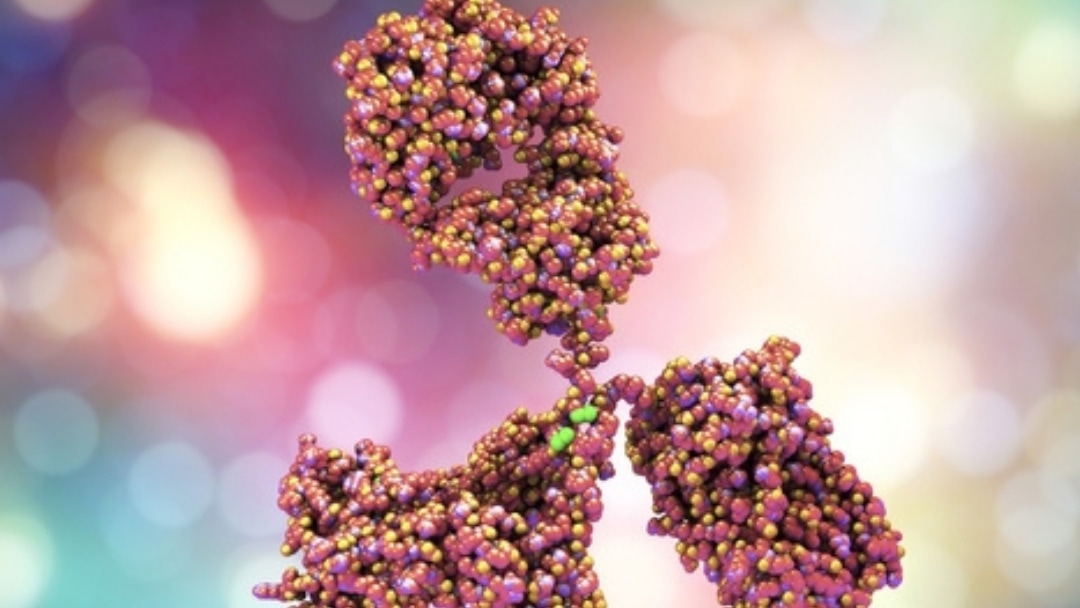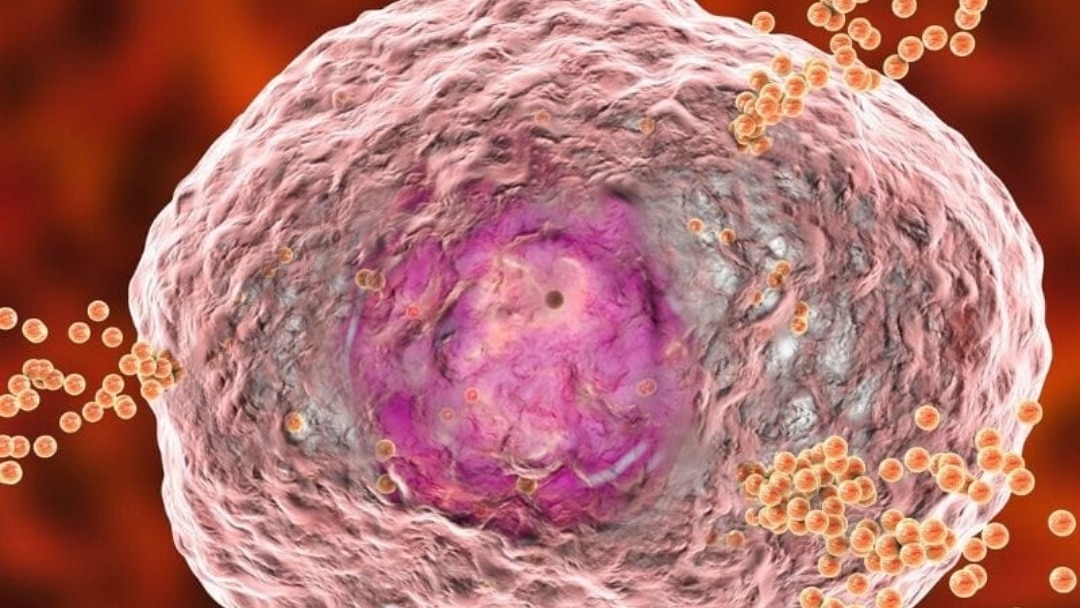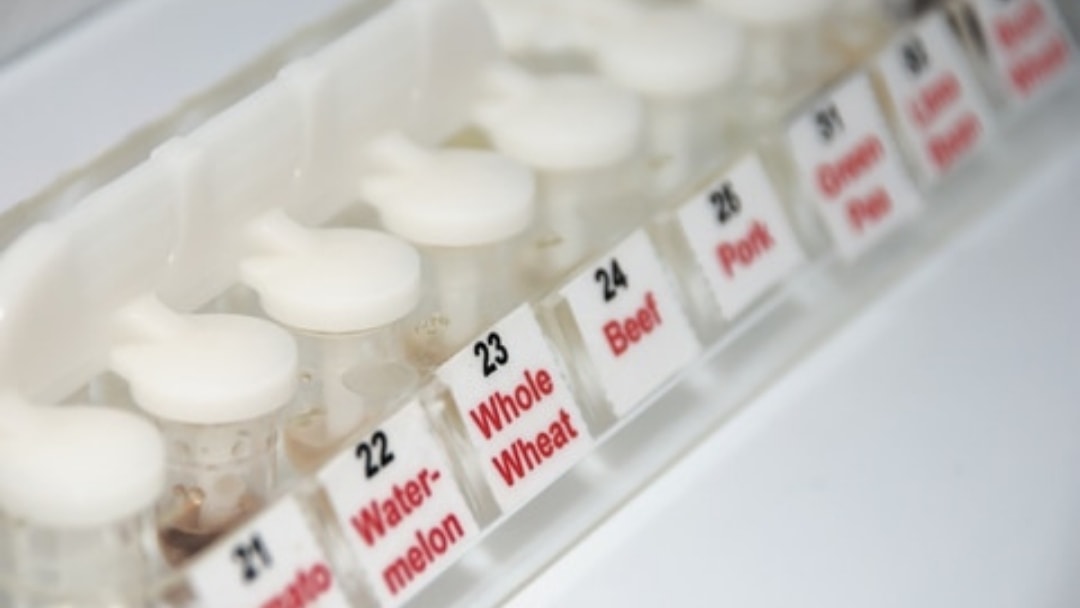What Are Allergies?
Allergies are reactions to foreign substances by the immune system. The body’s defense system responds to foreign invaders or pathogens and this response triggers some form of immediate reaction in the body. Children today experience allergies at a much more alarming rate than ever before.
Environmental allergies tend to be seasonal; much worse in the spring and the fall when there are airborne allergens from trees, flowers, grasses, and pollen. Other common allergens are foods such as eggs, milk, wheat, soy, and peanuts.
Immunoglobulin E (IgE) Allergies
Allergens can cause an over-production of Immunoglobulin E (IgE) in the body. This antibody elevates levels of histamine which causes inflammation and triggers an immediate allergic reaction. In some cases severe allergic reactions can trigger anaphylaxis or anaphylactic shock, which can be fatal.
What Your Doctor May Tell You About Allergies
A pediatrician will likely refer your child to a pediatric allergist. The pediatric allergists do skin-prick and blood testing (RAST radioallergosorbent) to determine IgE environmental or food allergies. Food allergies are more critical because they can be life-threatening so allergists recommend elimination of the allergenic foods and provide a prescription for epinephrine in the form of an “epi” pen to use in emergency situations.
Pediatric allergists are trained to diagnose, provide a treatment protocol and manage the allergies. Depending on the type of allergy, the allergist may prescribe antihistamines, cromolyn sodium (nasal spray), decongestants, eye drops and steroid sprays.
Allergists might also recommend immunotherapy (allergy shots) injecting the allergen into the body to create immunity to that allergen, but many times the risks can be potentially more dangerous due to severe reactions such as hives, rashes and even anaphylactic shock.
Another Way to Think About Allergies
Immunoglobulin G (IgG) Allergies
A second type of allergic reaction is Immunoglobulin G (IgG). The IgG is much less understood as being an allergy because the inflammatory reaction is affecting the immune system. Symptoms are usually delayed manifesting two or three hours later and are not usually life-threatening. IgG symptoms are often referred to as being an intolerance or sensitivity rather than an allergy. They also tend to be more cumulative in nature and respond on a deeper level within the immune system. Typical IgG reactions include:
- Sleep disturbances
- Asthma
- Bedwetting
- Eczema
- Constipation
Immunoglobulin A (IgA) Allergies
A third type of allergic reaction called Immunoglobulin A (IgA) develops usually when there is autoimmunity present. Due to leaky gut syndrome, immune function is impaired and inflammation in the gastrointestinal lining causes the protective coating of antibodies called IgA to be released. The body is unable to fight off infection and becomes vulnerable to all types of pathogens.
Because the gastrointestinal (GI) tract is unable to eliminate toxins, they overload the liver and deplete the sulfur-containing amino acids, so the detoxification process becomes impaired. High levels of ammonia may develop due to liver toxicity which affects brain functioning. Any chemicals or toxins at this point that are ingested cannot be detoxified out of the body by the normal process, and consequently, cause a misfiring of the neurotransmitters in the brain. This is the reason why children with neurodevelopmental disorders such as autism may have “neurological” reactions such as:
Consider removing gluten and casein and all toxic ingredients from the diet to help heal the gastrointestinal tract.
Learn more about how improving liver detoxification pathways can help lessen allergic responses here.
Allergies Healing Checklist
Use homeopathy specific for allergies:
- Natrum muriaticum
- Nux vomica
- Arsenicum album
- Allium cepa
Consider using Schueller’s cell tissue salts, which can be effective as well. Individual homeopathics can be specific for whatever the allergic symptoms or condition is.
Consider hypnotherapy:
Hypnotherapy can lessen or completely prevent allergic reactions and assist the immune system in responding in a different way.
Still Looking for Answers?
Visit the Epidemic Answers Practitioner Directory to find a practitioner near you.
Join us inside our online membership community for parents, Healing Together, where you’ll find even more healing resources, expert guidance, and a community to support you every step of your child’s healing journey.
Sources & References
Allen, K.J., et al. Food Allergy in Childhood. Medical Journal of Australia. 2006 Oct 2;185(7):394-400.
Bunyavanich, S., et al. Peanut allergy prevalence among school-age children in a US cohort not selected for any disease. J Allergy Clin Immunol. 2014;134(3):753-5
Campbell, et al. Mechanisms of Allergic Disease – Environmental and genetic determinants for the development of allergy. Clin Exp Allergy. 2015
Della Giustina, A., et al.. Vitamin D, allergies and asthma: focus on pediatric patients. World Allergy Organ J. 2014;7(1):27
Feehley, T., et al. Healthy infants harbor intestinal bacteria that protect against food allergy. Nature Medicine. 2019 Jan 14.
Gupta, R.S., et al. The Public Health Impact of Parent-Reported Childhood Food Allergies in the United States. Pediatrics. 2018 Dec;142(6). pii: e20181235.
Isolauri, E., et al. Food allergy in irritable bowel syndrome: new facts and old fallacies. Gut. 2004 Oct;53(10):1391-3.
Ly, N.P., et al. Gut microbiota, probiotics, and vitamin D: interrelated exposures influencing allergy, asthma, and obesity? J Allergy Clin Immunol. 2011;127(5):1087-94; quiz 95-6.
Maksimova, O.V., et al. [Intestine microbiota and allergic diseases]. Zh Mikrobiol Epidemiol Immunobiol. 2014(3):49-60.
Morris, C.R., et al. Syndrome of allergy, apraxia, and malabsorption: characterization of a neurodevelopmental phenotype that responds to omega 3 and vitamin E supplementation. Alternative Therapies in Health and Medicine. Jul-Aug 2009;15(4):34-43.
Peters, R.L., et al. Infant food allergy phenotypes and association with lung function deficits and asthma at age 6 years: a population-based, prospective cohort study in Australia. Lancet Child Adolesc Health. 2023 Jul 24;S2352-4642(23)00133-5.
Prescott, S.L. Early-life environmental determinants of allergic diseases and the wider pandemic of inflammatory noncommunicable diseases. J Allergy Clin Immunol. 2013;131(1):23-30.
Taylor-Black, S.A., et al. Prevalence of food allergy in New York City school children. Ann Allergy Asthma Immunol. 2014;112(6):554-6 e1.
Tsabouri, S., et al. Modulation of gut microbiota downregulates the development of food allergy in infancy. Allergol Immunopathol (Madr). 2014;42(1):69-77.
Vael, C., et al. Early intestinal Bacteroides fragilis colonization and development of asthma. BMC Pulmonary Medicine. 2008 Sep 26;8:19.
Resources
Books
Bock, Kenneth. Healing the New Childhood Epidemics: Autism, ADHD, Asthma, and Allergies: The Groundbreaking Program for the 4-A Disorders. New York, NY. Ballantine Books, 2008.
Fraser, Heather. The Peanut Allergy Epidemic: What’s Causing It and How to Stop It. Skyhorse; Third Edition, 2017.
Jackson, Mark. Allergy: The History of a Modern Malady. London: Reaktion Books, 2007.
Walsh, William. Food Allergies: The Complete Guide to Understanding and Relieving Your Food Allergies. Hoboken, NJ: Wiley John and Sons Inc, 2000.




